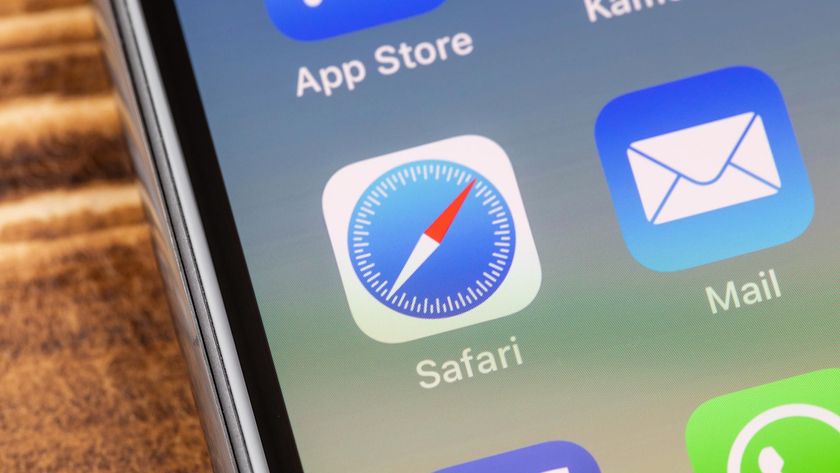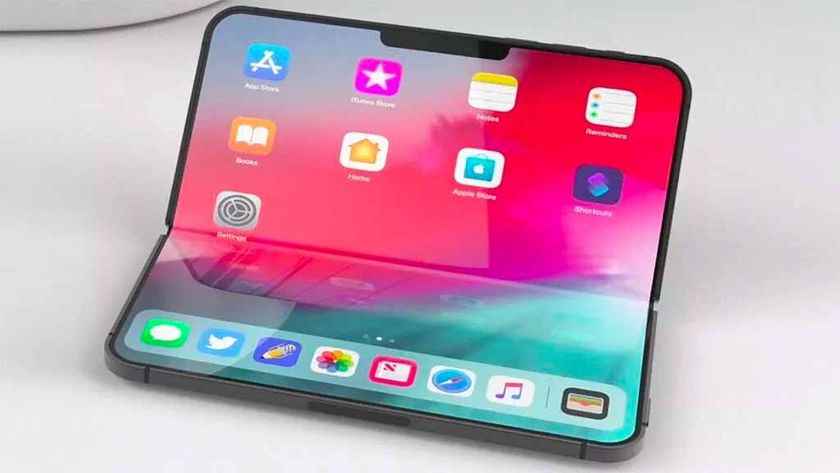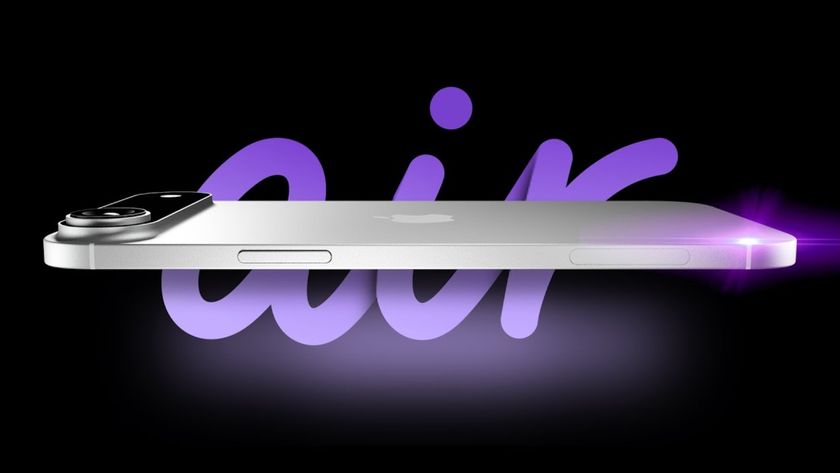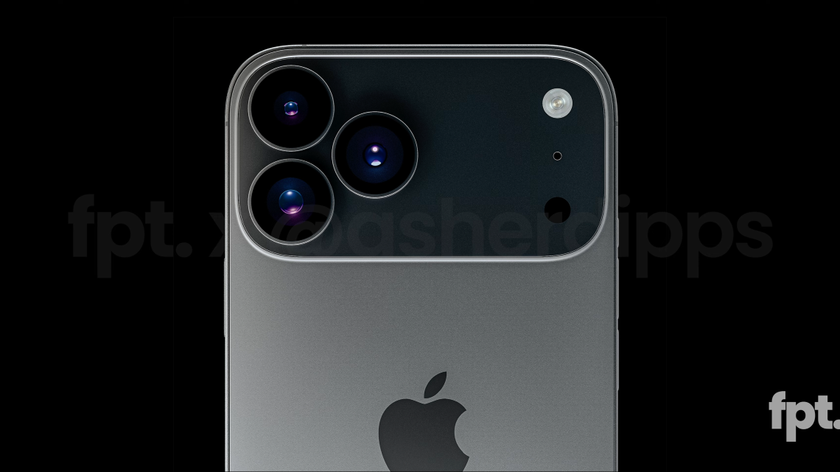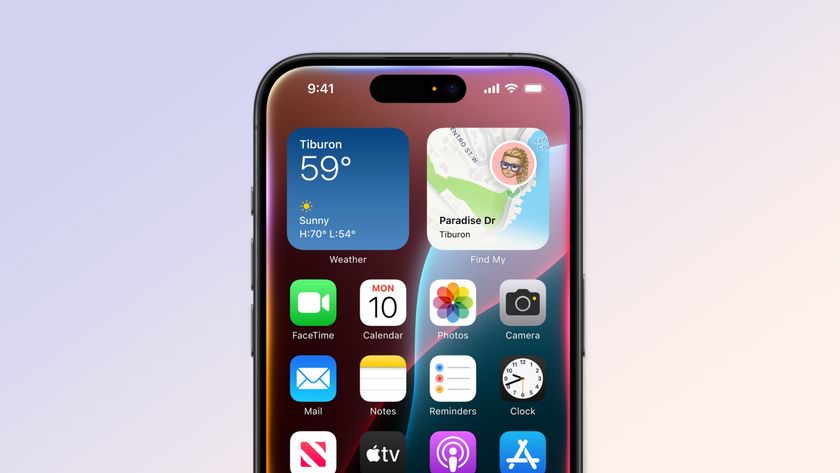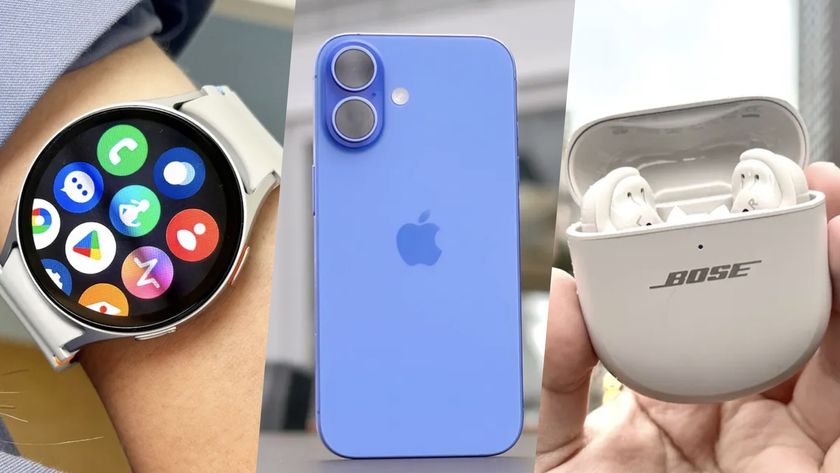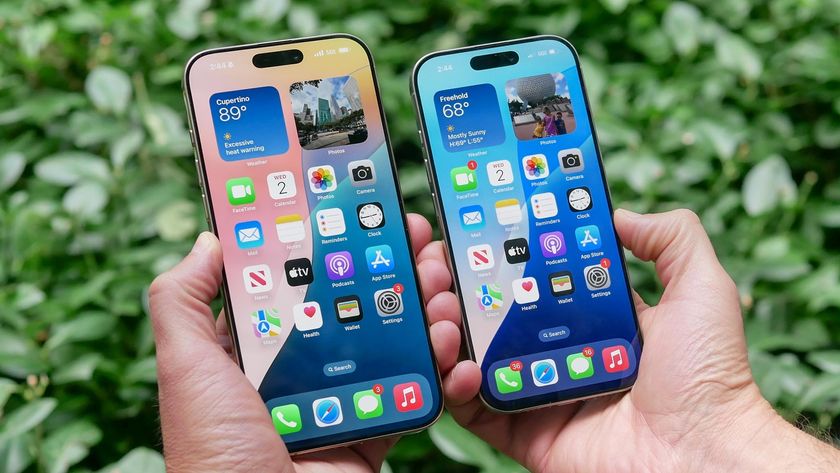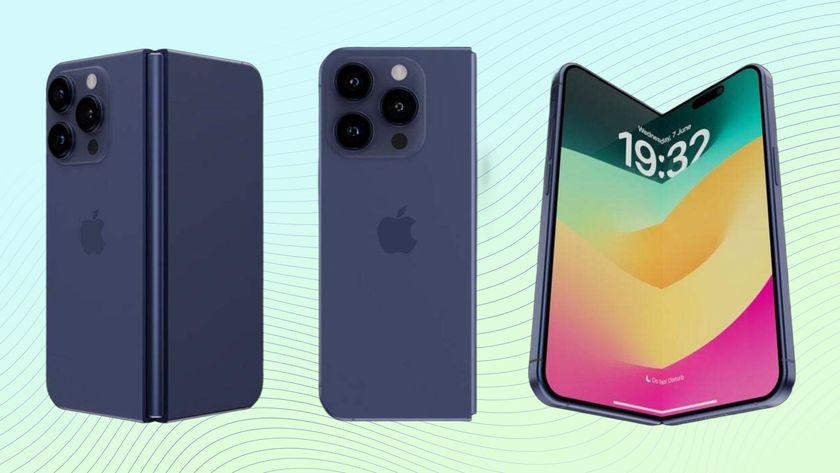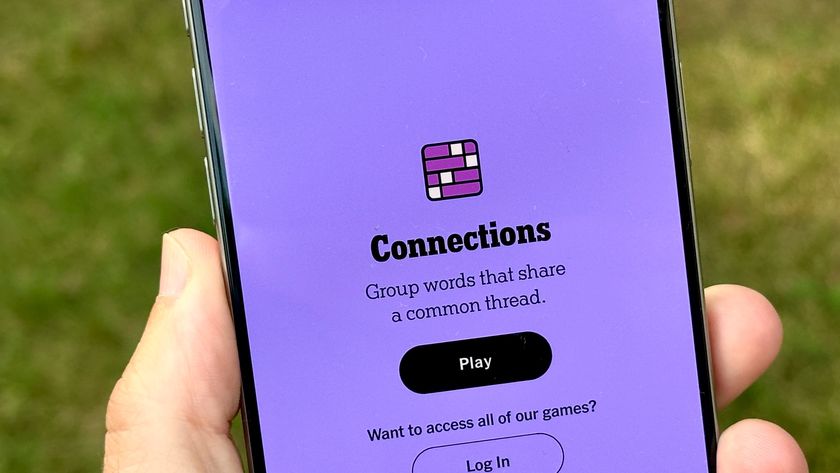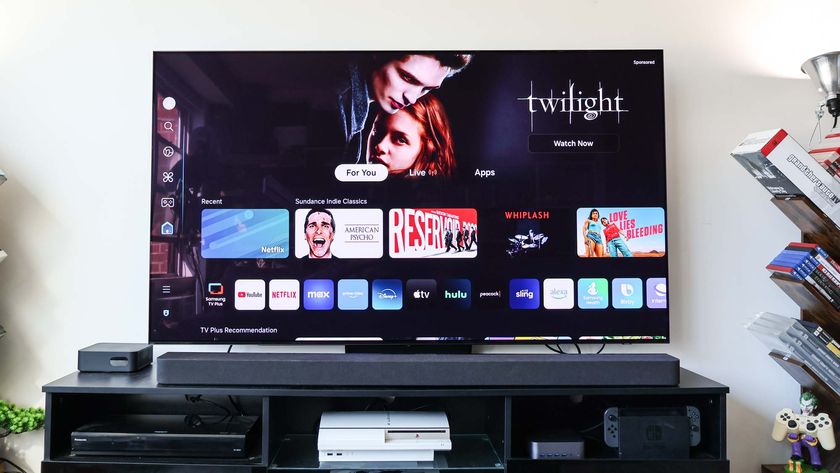You Can Now Get Google Project Fi on the iPhone: Here's How
Google is relaunching Project Fi as Google Fi, and opening up the network to most handsets, which means you'll now be able to use the wireless service with an iPhone.
Project Fi is no longer an exclusive club for owners of select Android phones. Google announced Nov. 28 that it's opening up its wireless phone service to many more devices, including Apple's iPhones. Oh, and Project Fi is getting a new name for good measure.
Updated Nov. 29 at 12:38 am ET: Google was running some exciting promotions for one day only to ring in Fi's relaunch, though they've since ended. Still, any existing Fi subscribers can earn $100 in credit for referring a friend to the service between now and Jan. 8, 2019. The referred user will also receive $20.
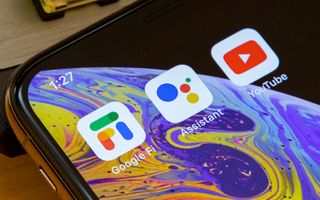
Having evidently moved past the project phase, the wireless service is now called Google Fi. As of this moment, you can visit the Google Fi site and sign up for service using most Android phones. Conversely, iPhone owners are directed to get started with the Google Fi iOS App (though you should note that Fi for iPhone is launching as a beta). You can check for compatibility with your device using this tool.
What Is Google Fi?
Fi has become popular in recent years because of its unique approach compared with most other carriers. For one, you're only charged for the amount of data that you use. There's just a single "plan," and it starts at $20 for access to a line, plus an additional $10 for every gigabyte consumed. If you've got only one line and use more than 6GB, you only pay a maximum of $80 for that month, thanks to a feature called Bill Protection. (For two lines, Bill Protection kicks in at 10GB.)
MORE: Google Fi Review: Seamless Wireless Service From Google
The other thing that makes Fi special is the network it's based on — or, rather, networks. Google has inked deals with T-Mobile, Sprint and U.S. Cellular, and up until today, all phones running on Fi could seamlessly switch between the three, depending on whichever had the fastest signal; Fi also uses Wi-Fi hotspots for connectivity when those are available.
Sign up to get the BEST of Tom's Guide direct to your inbox.
Get instant access to breaking news, the hottest reviews, great deals and helpful tips.
iPhone Caveats
We say "up until today" because with Google welcoming all these new phones to Fi, those rules are changing a bit.
Fi's network switching depends on a combination of hardware and software found in select phones that Google has vetted, like the Pixel 3, LG G7 and Moto X4 Android One. iPhones and conventional Android devices don't have any of that, and as a result, on Fi they'll be restricted to T-Mobile service only. Phones that haven't been optimized for Fi won't auto-switch to Google's Wi-Fi either, the same way they won't auto-switch between the three carriers.

It's not a surprising compromise, given how Fi is set up, but it's disappointing one nonetheless. Technically, Fi always worked on phones that weren't designed for it — you'd just miss out on being able to use multiple networks if you put a Fi SIM card in unsupported hardware. The same looks to be true here. These devices will also lack Fi's brand-new Enhanced Network beta, which runs all traffic through Google's VPN for increased security.
The Fi website cautions that iPhone users will have to do a small bit of tweaking to get texting to work properly. While iMessage will function "out of the box," APN settings must be modified to enable MMS. However, this isn't anything out of the ordinary; users who are familiar with bringing their own device to a no-contract carrier are probably familiar with following a similar process to enable full messaging support.
Other Fi Perks
Thankfully, no matter what phone you own, you still get Fi's other perks. Aside from the nifty pricing scheme, that includes access to Google's two million free (and secured) Wi-Fi hotspots around the world, to get you off of metered mobile data as frequently as possible. Fi owners are entitled to free data-only SIMs to use in any device they please. Plus, Fi happens to be a great network for travelers, as service continues in more than 170 countries outside the U.S., and costs the same, too.
With Fi expanding like it never has before, you're likely wondering whether or not the service is right for you. To help you make that call, visit our Project Fi FAQ. Additionally, we are in the process of updating our Google Fi review in light of the recent changes, so check back soon for our revised verdict.
Adam Ismail is a staff writer at Jalopnik and previously worked on Tom's Guide covering smartphones, car tech and gaming. His love for all things mobile began with the original Motorola Droid; since then he’s owned a variety of Android and iOS-powered handsets, refusing to stay loyal to one platform. His work has also appeared on Digital Trends and GTPlanet. When he’s not fiddling with the latest devices, he’s at an indie pop show, recording a podcast or playing Sega Dreamcast.
